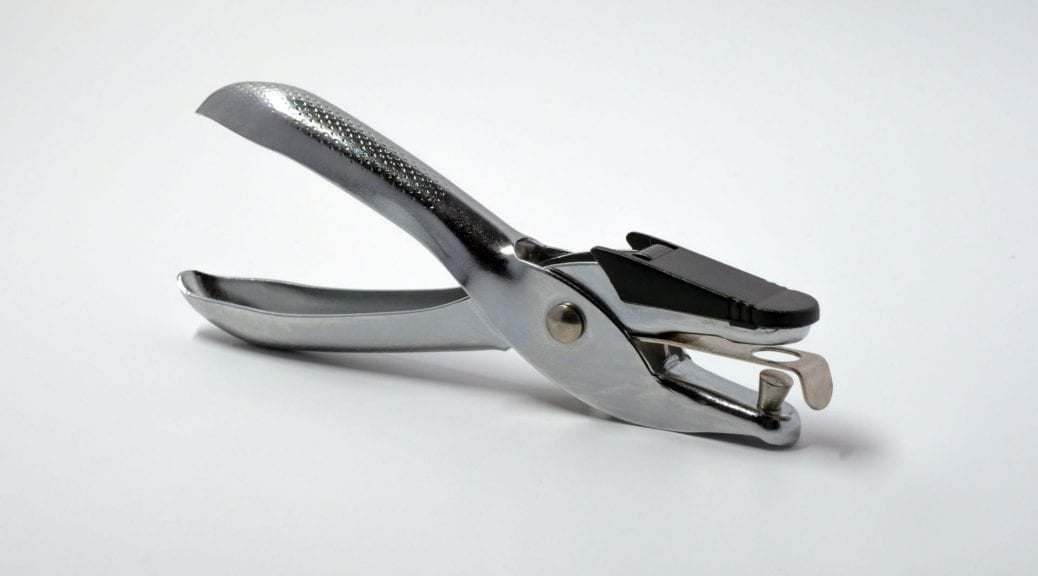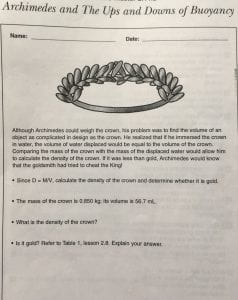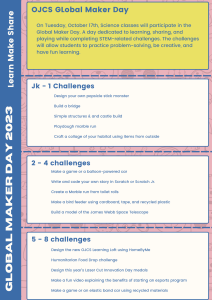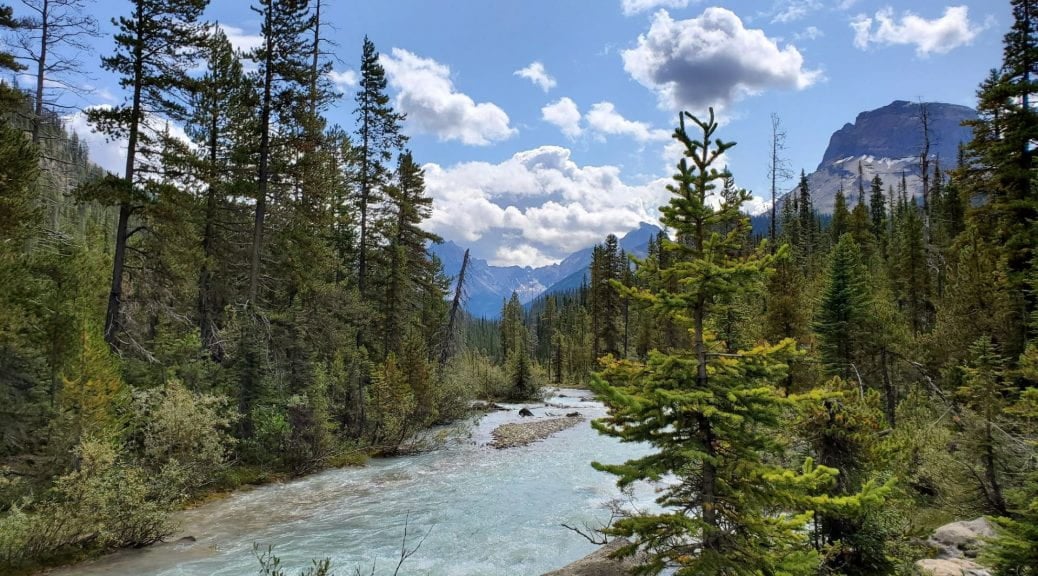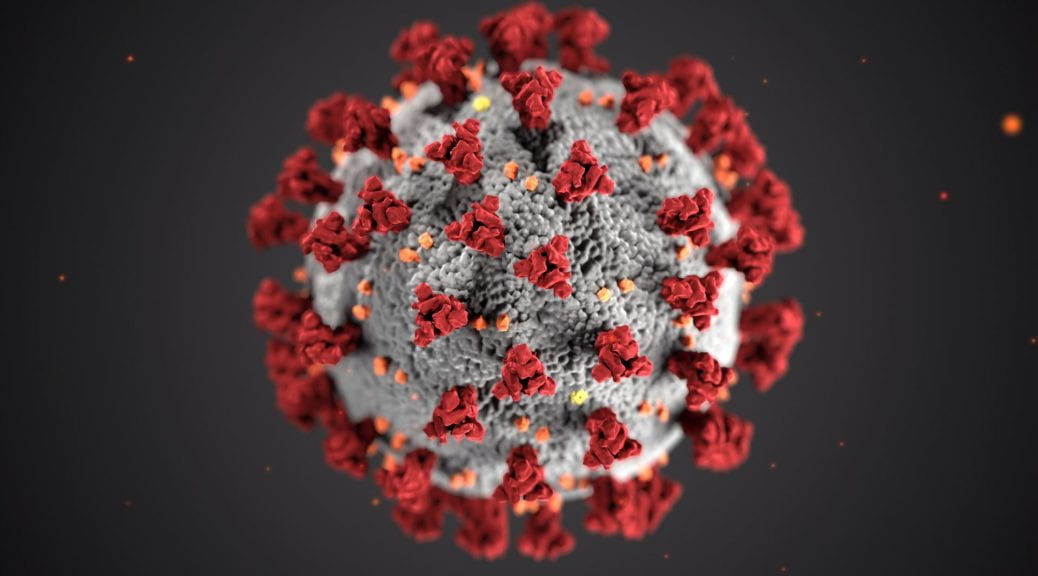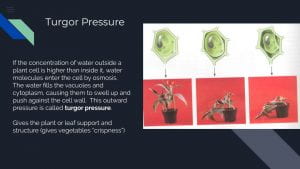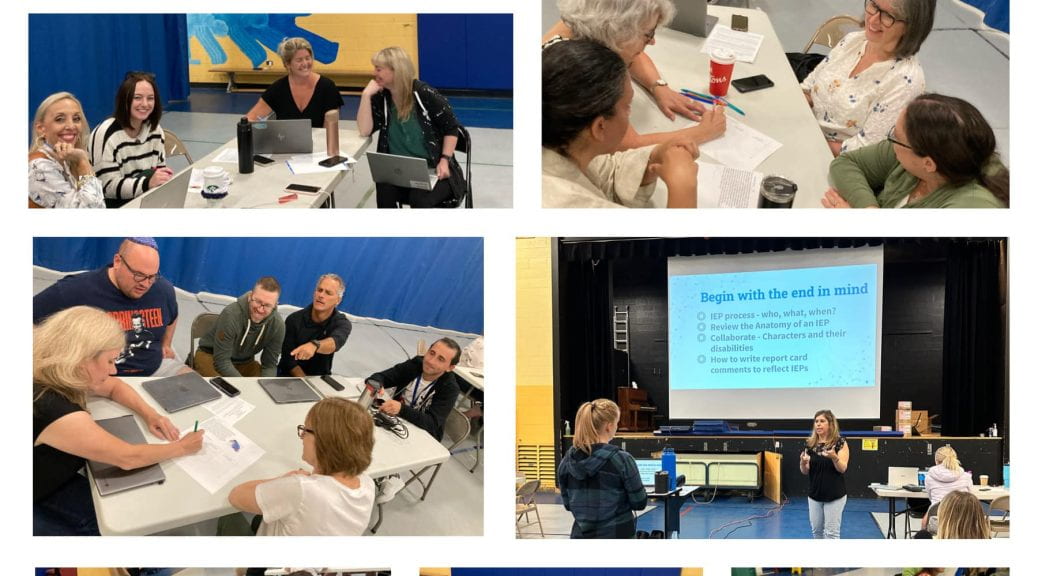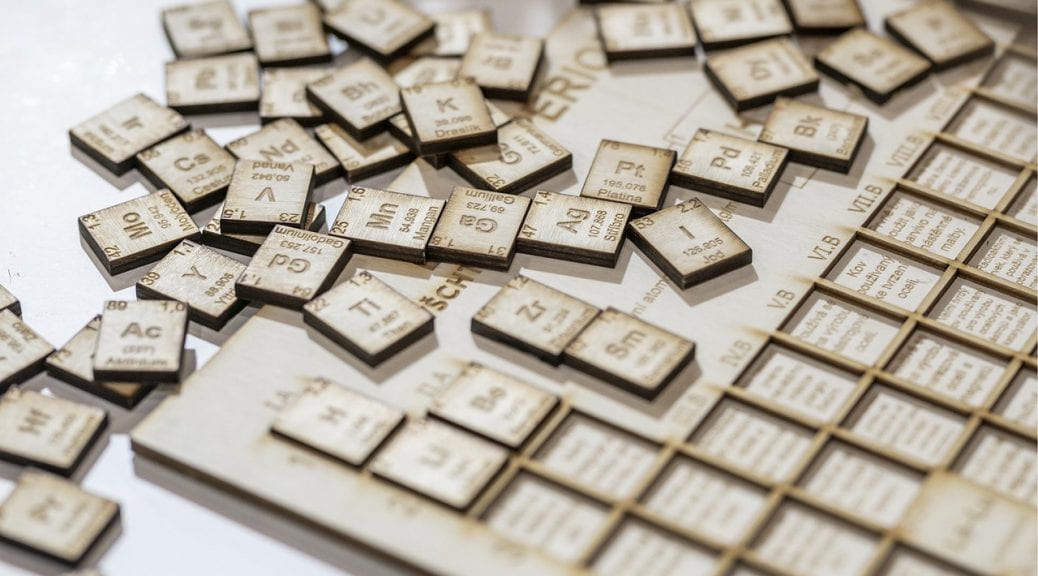
Chemistry (Grade 7)
All of our Pure Substances & Mixtures unit resources will be posted here and broken down into 3 subunits; Classifying matter, Solutions, and Separating Mixtures. We will also be learning about atoms and the periodic table of elements.
Lesson 1: Classifying Matter
1.1 – What is Matter?
- Read the section 1.1, noting the definitions of Chemistry and Matter
- Create a Google Doc, and answer questions #2 and 3 (Save this document to your Chemistry folder)
1.2 – More About Matter (After adding to your Chemistry folder, read and answer questions #1 -4)
- Read the section 1.2
- Answer questions #1 – 4 (Save this document to your Chemistry folder)
Classifying Matter Quiz Study Sheet
Lesson 2: Pure Substances vs. Mixtures
1.4 – Pure Substances and Mixtures (Read and answer questions #1, 3, and 4)
Try this Homogenous vs. Heterogenous Quizizz to see how well you know the material so far
1.6 – Mechanical Mixtures and Solutions (Read and answer questions #1, 2, and 5)
Lesson 4: The Periodic Table of Elements
Some Key Concepts About Elements and their Atoms
- Atoms are made of extremely tiny particles called protons, neutrons, and electrons.
- Protons and neutrons are in the center of the atom, making up the nucleus.
- Electrons surround the nucleus.
- Protons have a positive charge.
- Electrons have a negative charge.
- The charge on the proton and electron are exactly the same size but opposite.
- Neutrons have no charge.
- Since opposite charges attract, protons and electrons attract each other.
How to Read a Box on the Periodic Table of Elements (Google Doc link)
Lesson 5: Building Atoms
Lesson 6: Solutions
2.1 – Solutes and Solvents (Read and answer questions #1-6)
Lesson 7: Dissolving Rates and the Particle Theory
2.2 – Dissolving and the Particle Theory
Answer the 3 self-check questions and save them to your Chemistry folder
Lesson 8: Solubility
2.3 – Concentration and Solubility (Read and answer questions #2-6)
Lesson 9: Chemical Reactions
Lesson 10: Labs
Lesson 11: Separating Mixtures
3.2 – Separating Mechanical Mixtures (Answer #1-4)
3.5 – Separating Solutions (Answer #1-3, don’t worry about drawing a picture for question 2)
Could Do
- Take this quick quiz on the Particle Theory.
- Other States of Matter (Read the following if you are interested in the 4th State of Matter, Plasma)
